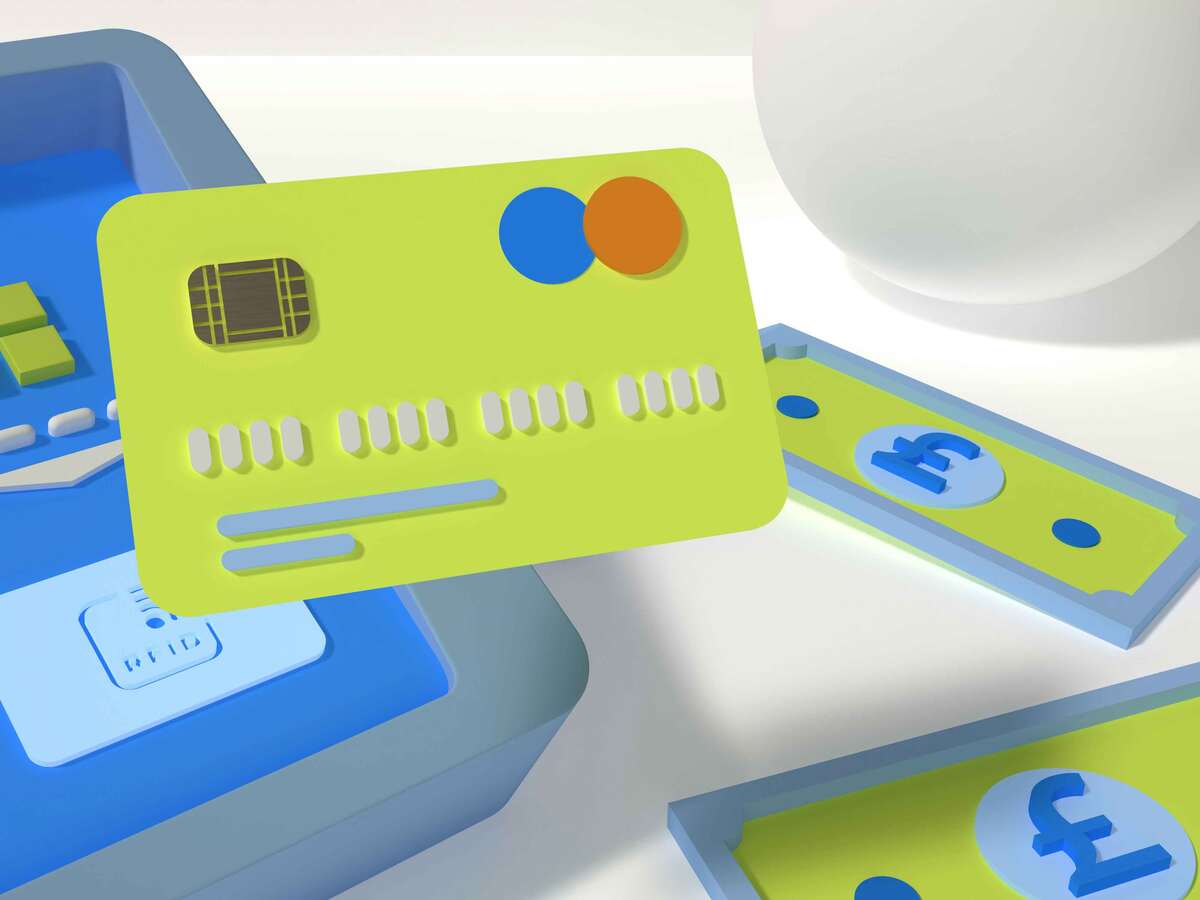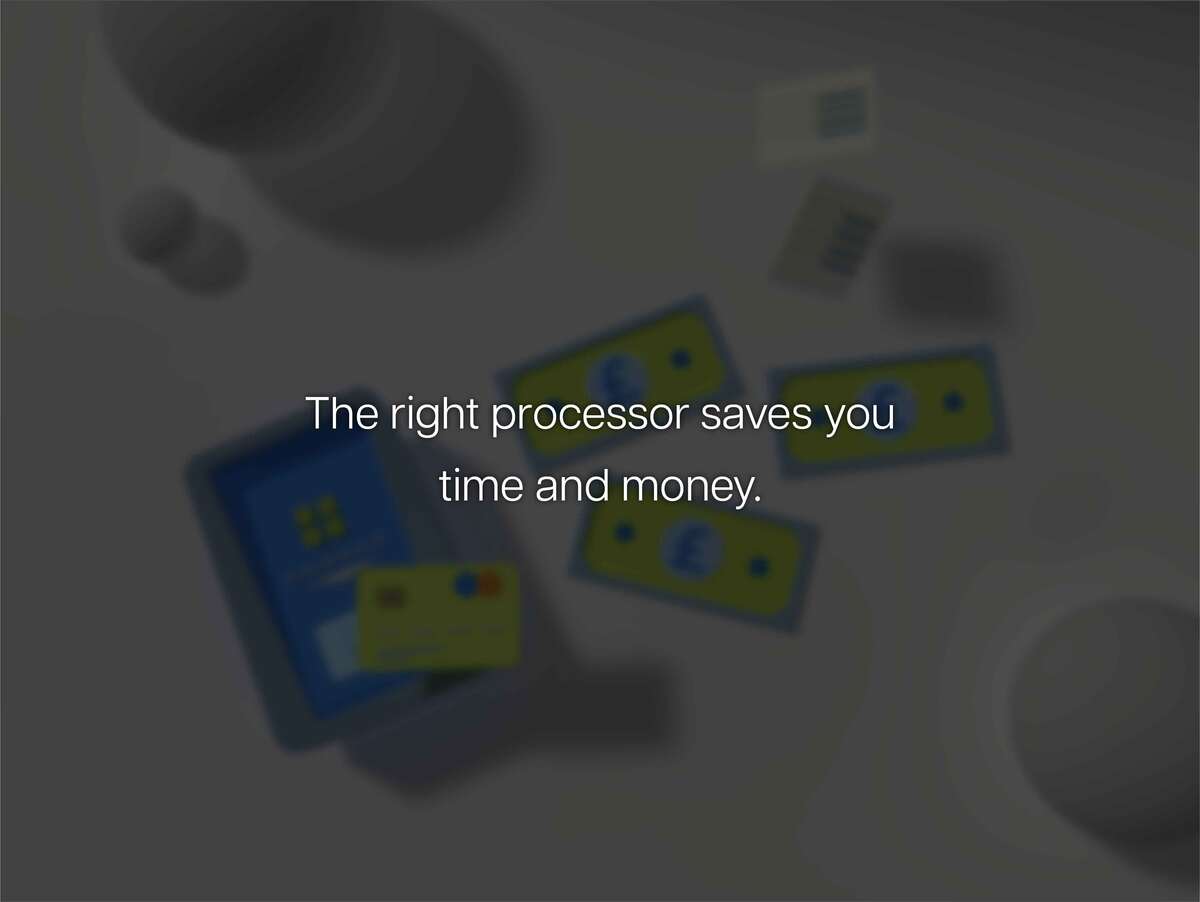How to Accept Credit Card Payments for Your Business (Step-by-Step)
Accepting credit card payments allows businesses to meet customer expectations, improve cash flow, and expand online and in-person sales opportunities. Modern consumers rely heavily on card transactions for convenience, security, and purchase protection. Without this option, small businesses risk losing customers to competitors that provide easier checkout experiences.

No hidden fees. Ever.
Real-time accounting
SOC 1 & SOC 2 compliance
Expert human support

Table of Contents
Why Accepting Credit Cards Matters
Accepting credit card payments allows businesses to meet customer expectations, improve cash flow, and expand online and in-person sales opportunities. Modern consumers rely heavily on card transactions for convenience, security, and purchase protection. Without this option, small businesses risk losing customers to competitors that provide easier checkout experiences.
Credit card acceptance isn’t limited to retail and eCommerce. Service providers, restaurants, and subscription-based companies all benefit from faster settlements and improved accounting accuracy through digital transactions.

Step 1: Understand How Credit Card Processing Works
To start accepting cards, it’s important to understand the roles involved in each transaction. Every credit card payment involves the merchant, the customer, the acquiring bank, the issuing bank, and the payment processor.
When a customer makes a purchase, the transaction information is sent through a payment gateway to the processor. The processor verifies the data with the issuing bank, which approves or declines the transaction. Once approved, the funds are deposited into the merchant’s account, usually within one to two business days.
Step 2: Choose the Right Payment Processor
Selecting a processor that fits your business model affects fees, settlement time, and customer experience. For example, businesses with frequent in-person sales might prioritize low transaction fees and point-of-sale integration, while eCommerce merchants may need advanced fraud detection and recurring billing features.
Compare processing rates, contract terms, chargeback policies, and support options before choosing a provider. Look for transparent pricing structures that make it easy to forecast costs.

Step 3: Set Up a Merchant Account or Aggregator Account
A merchant account is a type of bank account that allows businesses to accept credit card payments directly. It connects to a payment processor, which routes funds from the customer’s issuing bank to the merchant’s account.
For smaller businesses or startups, payment aggregators like Stripe or Square provide a simpler option. These companies share one master merchant account across multiple users, allowing faster setup but offering less customization. Businesses processing high monthly volumes often benefit more from a dedicated merchant account due to lower per-transaction fees.
Step 4: Select a Payment Gateway
A payment gateway securely transmits customer data between your website or terminal and the processor. This system encrypts information to meet PCI DSS standards and ensures safe authorization of transactions.
Online businesses require a reliable gateway that integrates with their eCommerce platforms, while in-person merchants use gateways built into their card readers or POS systems. The best gateways also provide tokenization, which replaces sensitive card data with encrypted tokens to reduce the risk of exposure.
Step 5: Comply with Security Standards
PCI compliance is mandatory for any business that processes, stores, or transmits cardholder data. It involves adhering to encryption standards, maintaining secure networks, and performing regular vulnerability scans.
Businesses can reduce their compliance burden by using service providers that handle sensitive data externally. This limits risk and simplifies the process while ensuring customers’ financial information remains secure.

Step 6: Choose the Right Equipment and Tools
If you accept payments in person, select a terminal or POS system that supports EMV chip cards, contactless payments, and mobile wallets. Online-only businesses need checkout integrations that support card entry, tokenization, and saved-payment options.
Investing in flexible payment tools allows companies to adapt to customer preferences and changing technology standards.
Step 7: Compare Fees and Transaction Costs
Credit card processing fees typically include three parts: interchange fees (paid to the card-issuing bank), assessment fees (charged by card networks), and processor markups. Interchange fees vary depending on factors like card type, transaction volume, and industry.
Businesses can save by qualifying for lower interchange categories, processing transactions in batches, and avoiding unnecessary chargebacks. Reviewing statements monthly helps identify patterns and opportunities to reduce costs.
Step 8: Integrate Payments with Accounting Systems
Modern accounting software allows automatic reconciliation of credit card transactions. This reduces errors and provides real-time insight into revenue and expenses. Many processors offer built-in integrations that sync payments, refunds, and chargeback data into accounting dashboards.
Automating these connections eliminates manual data entry and ensures accurate reporting for tax and compliance purposes.
Step 9: Train Staff and Monitor Transactions
Employee training is critical to maintaining transaction accuracy and security. Staff should know how to verify card authenticity, handle declined payments, and issue refunds properly.
Regularly monitoring transactions helps detect patterns that could indicate fraud, such as repeated small charges or mismatched billing addresses. Setting up alerts for suspicious activity ensures early detection and minimizes financial loss.
Step 10: Offer Multiple Payment Options
Providing flexible payment methods increases customer satisfaction. In addition to credit cards, consider supporting debit cards, ACH transfers, or digital wallets like Apple Pay and Google Pay. Offering a mix of payment methods enhances accessibility and caters to customer preferences across different channels.
Businesses can streamline all these methods through unified platforms designed to accept credit card payments and other electronic transactions under one system.
Common Mistakes to Avoid
New merchants often overlook critical details that can lead to avoidable fees or compliance issues. Common mistakes include:
- Ignoring PCI requirements and failing security audits
- Using consumer-grade internet connections for terminals
- Skipping monthly reconciliation of processing statements
- Relying on outdated terminals that lack EMV support
Addressing these risks early helps businesses avoid disruptions and maintain smooth payment operations.
Final Thoughts
Accepting credit card payments is a necessary step for any modern business. It ensures faster transactions, improves customer trust, and creates a foundation for sustainable growth. By choosing the right processor, maintaining compliance, and integrating secure tools, businesses can operate efficiently while providing a seamless payment experience.
Supercharge your Payments
RevitPay is here to help you scale smarter — from your 1st transaction to your 100,000th.
Previous
Next
Frequently Asked Questions
Recent Articles
A Seamless Start to Smarter Payment Processing
Request an Application
Submit for Approval
Start Processing
Explore More Online Payment Solutions
Everything you need to process payments wherever, whenever.
Seamless & Secure Payment Processing
Payment Methods That Power High Risk Businesses
We offer a wide range of secure, flexible payment methods tailored to the needs of high risk merchants. From credit card processing and mobile payments to ACH, eCheck, and more, our solutions are built to help your business accept payments confidently.
Credit Cards
Fast, familiar, and essential.
Give your customers the convenience of paying by credit card while maintaining the fraud protection and flexibility high risk merchants need.
Mobile Payments
Payments on the go.
Whether in-store or remote, accept transactions via smartphones and tablets, keeping your business agile and responsive.
Bitcoin & Crypto Payments
Stay ahead of the curve.
Expand your payment options to bypass traditional banking barriers and get paid faster—with global reach and fewer limitations.
MOTO Payments
Mail and telephone orders made easy.
Process card-not-present transactions securely with MOTO functionality, ideal for businesses that take payments by phone or through manual orders.
ACH Payments
Lower fees, higher reliability.
Automated Clearing House (ACH) payments are perfect for recurring billing or high-ticket items, offering a secure, bank-to-bank alternative to cards.
eCheck Payments
Modernize check payments.
Accept digital checks with ease, streamlining your processing while reducing risk and delays often associated with traditional paper checks.
Seamless Continuity Billing for Subscription-Based Businesses
Looking to support subscription models? Our Continuity Subscriptions solution offers automated recurring billing, built-in autobill features, and reduced payment churn—perfect for businesses that rely on predictable revenue.

Find the Right Way to Get Paid
Whether you’re running an online store, accepting payments remotely, or operating in a high risk space, RevitPay gives you the tools to process transactions with confidence and ease.
A Seamless Start to Smarter Payment Processing
Request an Application
Submit for Approval
Start Processing
Ready to get started?
Join businesses who are saving thousands each year with RevitPay.



%20and%20Why%20Might%20You%20Need%20One.jpg)

